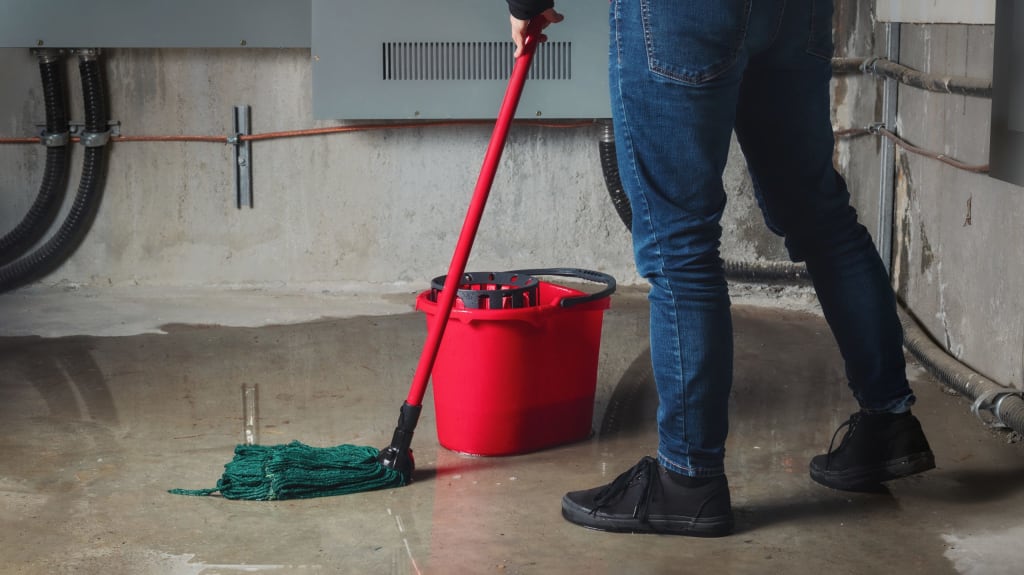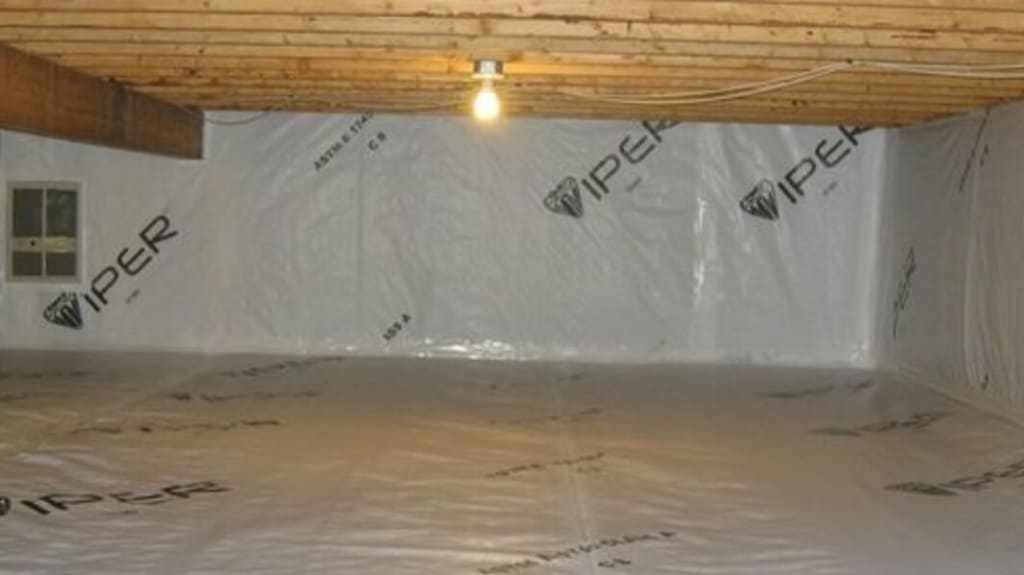If the cold winter air is frequently entering your home, it may be time to take a closer look. Good insulation is key to preventing heat loss and improving the energy efficiency of your house. According to the Quebec Ministry of Energy and Natural Resources, heat loss occurs in the following areas:
Air leaks not only drive up your energy bills, but they can also cause condensation to build up, leading to mould. Thankfully, every problem has a solution. Here are some tips to correctly insulate your home.

How can I insulate my house?
These days, there’s a large variety of insulating materials available: blown-in, batt, roll, foam panel, and even spray foam. While each has its pros and cons, the most important thing is to install it correctly – it needs to be stable and fill the space perfectly. After all, the goal is to keep the heat in.
Here are some things to consider when choosing an insulation material:
Heat transfer resistance;
Durability;
Moisture resistance;
How well it can fill the space.

Preventing heat loss through your roof
Even the best insulated homes can’t defy the laws of physics: hot air will continue to rise while cold air sinks. With so much time and energy invested in keeping your home warm during the winter, you don’t want to lose it all through the roof. That’s why it’s important to properly insulate the attic. Not only will it prevent heat loss, but it’ll also prevent potential mould caused by condensation from ice dams.
Get a Verified Contractor to inspect your attic and roof to see if heat loss is occurring. If it is, then you can upgrade your insulation or patch up any holes. Your contractor can help you pick out an appropriate material, as well as replace any failing or contaminated parts of your roof structure.
Preventing heat loss through walls
Each layer of your home’s walls plays a role in keeping cold air and noise out. When renovating your home, a contractor will often replace the insulation if they have to build a new outer wall or repair damage from water leaks, for example. Here are some of the layers you can find:
Interior plaster finish (drywall);
Interior insulation;
Vapour barrier;
Framing elements of the house (superstructure);
Exterior insulation;
Intermediate sheathing membrane (air barrier);
Exterior cladding finish.
A general contractor will install each layer perfectly, ensuring that each material performs at its best to insulate your home.
If you’re already replacing your insulation, consider repairing or replacing your exterior cladding as well. You’ll save money on heating and cooling costs while transforming your home’s exterior, adding major curbside appeal!
Preventing heat loss through the basement
Nothing is more satisfying than finishing your basement: it gives you the chance to transform an unused space into something you can enjoy! When renovating, you’ll also want to insulate your basement walls. Not only will it help you save on your energy bills, but it’ll also help prevent mould from settling in.
If it’s in your budget, you can take the opportunity to insulate the outside of your foundation walls as well. Rigid foam panels and fibreglass are best for this – they’ll protect your walls from dampness and freezing. Keep in mind that this comes with a higher price tag since it involves excavation, and it’ll cause damage to your landscaping.
Preventing heat loss through windows and doors
While the highest percentage of heat is lost through windows and doors, both are often forgotten about! Investing in them can greatly reduce your energy consumption, especially if you opt for energy efficient products. Plus, you’ll have beautiful new windows and doors that match your home’s aesthetic.
There are lots of different products to choose from, each meeting different needs. PVC, aluminum, and hybrid are the most common types of windows on the market. For doors, materials vary based on the intended purpose (e.g., patio vs. garage).
Preventing heat loss due to air leakage
Air leakage can happen almost anywhere! Windows with poor weatherstripping, a front door with badly insulated sides, a garage door that isn’t wide enough or that doesn’t close completely… all of these things can cause air leaks and, subsequently, heat loss, especially in winter!
If you notice an air leak, try to figure out the cause and repair it as soon as possible. Sometimes this means removing and replacing parts of your interior or exterior wall, but thankfully this can be avoided if your windows, doors, and cladding were installed and insulated correctly. If you work with reputable contractors, sometimes sealing air leaks is as easy as replacing weatherstripping or caulking.

Should you insulate the interior or exterior of your home?
If you’re building a house from the ground up, then it’s a good idea to opt for exterior insulation. Since your contractors need to excavate to pour in your foundation anyway, it can just be added to the building process. But if you’re just renovating your home, it’s much more cost effective to go for interior insulation. Each option has its pros and cons, so let’s go over them.
Interior insulation
Pros | Cons |
No exterior excavation work needed | No benefits from concrete’s thermal mass |
Cheaper | Interior space is reduced |
More accessible | Must relocate during renovation |
Rigid foam panels are the most commonly used material for interior insulation projects. Since they’re made from Type 3 or 4 polystyrene, they’re flammable, meaning that you’ll also need a fire barrier to comply with the Building Code.
Exterior insulation
Pros | Cons |
Benefits from concrete’s thermal mass | Significant costs |
Interior temperature balance | Exterior appearance is modified |
Elimination of thermal bridges | Authorization for work is required |
Contractors will use very thick Type 4 polystyrene for exterior insulation projects.

Types of home insulation
There are several types of insulation on the market, each with its own function. Some are only used in attics, while others are reserved for walls. Let’s look at the different types to see how they work.
Blown-in insulation
Blown-in insulation (or blown-in wool) is made of fibreglass wool. Its thermal properties are exceptional and prevent heat loss. It’s mainly used in attics and between floors, but it can also be used in walls to increase soundproofing. It offers seamless protection, adhering to all defects and cracks to block all possibilities of heat escape. As the name suggests, it’s installed by blowing it in with a special machine.
Blanket insulation (or mineral wool)
Made of fibreglass or rock wool, blanket insulation is popular because of its exceptional malleability and versatility. It can be installed absolutely anywhere: floors, walls, attics, and ceilings. Like blown-in wool, it’s an effective way to insulate your home; you can rest assured knowing that the heat will be kept in!
Roll insulation
Roll insulation is quite similar to blanket insulation, but it comes in 20- to 40-foot rolls. It can be used for large areas that are not intersected by framing. Since insulation rolls also made of fibreglass, they’re suitable for Canadian climate.

Foam board insulation
Unlike other types of insulation, foam boards are rigid and made of polystyrene and polyurethane. They’re large and ideal for insulating exterior walls (e.g., underneath siding), interior walls in basements, and foundations. They’re easy to install, moisture resistant, and perform well.
Spray foam insulation
This type of insulation is useful for small areas, sealing doors and windows, and crawl spaces. Made of latex or polyurethane, it’s easy to install – just use the spray bottle!
Insulating your house well is a good way to save!
Using the right insulation material will help you save money in the long run. Some projects are eligible for the Canada Greener Homes Grant, so you may be able to prepare your home for the winter at a fraction of the cost!
Hydro-Québec’s Logisvert program offers $1,500 in financial assistance for homeowners looking to insulate their attic and carry out caulking work. A sustainable solution for a more energy-efficient home!
When you’re ready to start your project, feel free to reach out – we’ll connect you with up to three Verified Contractors for a successful renovation.





